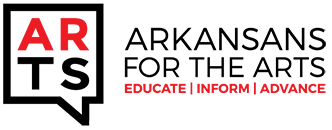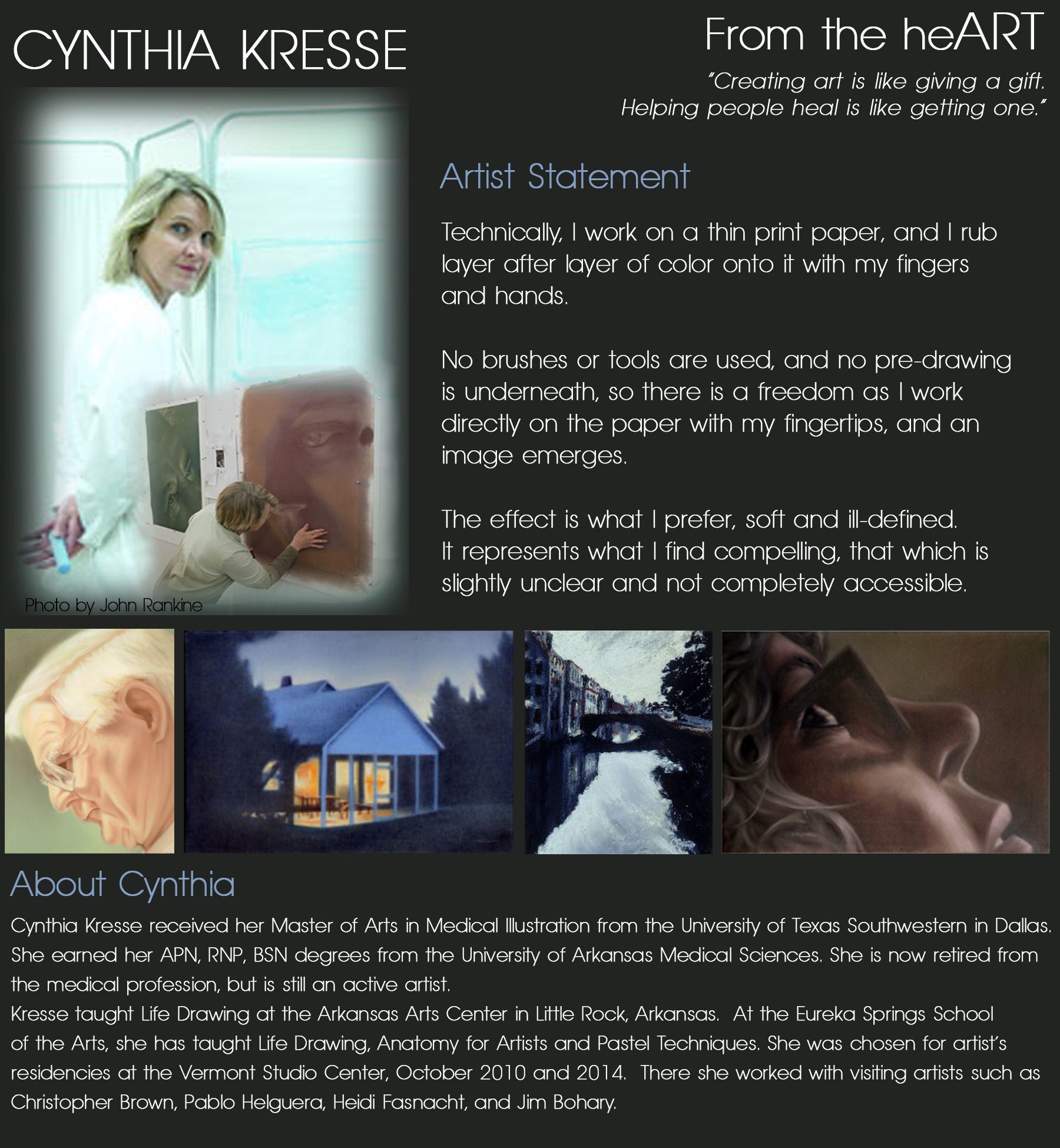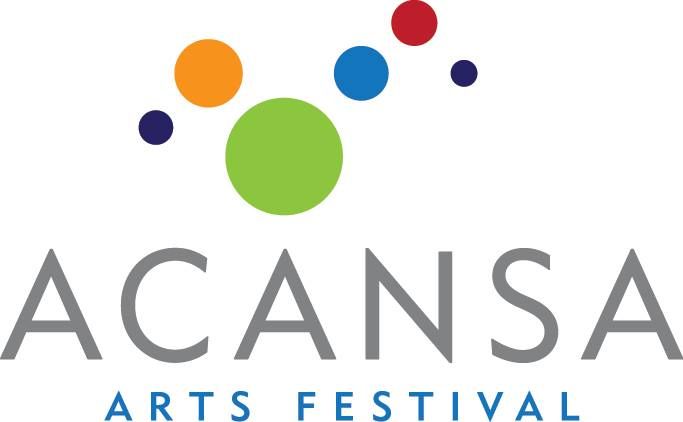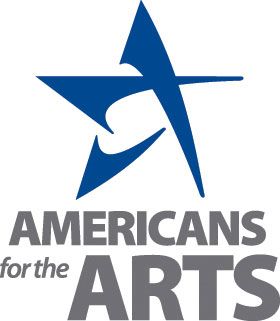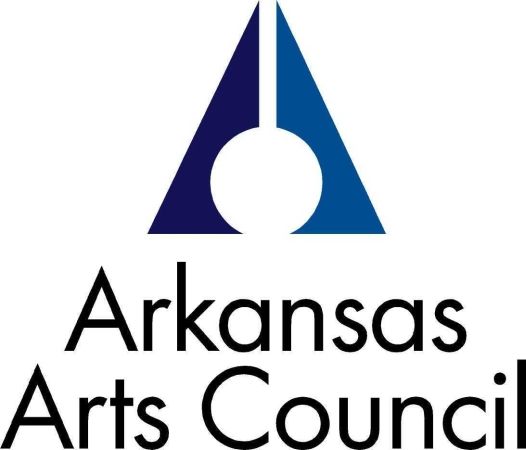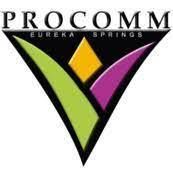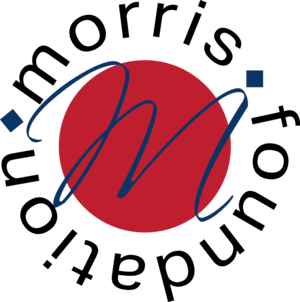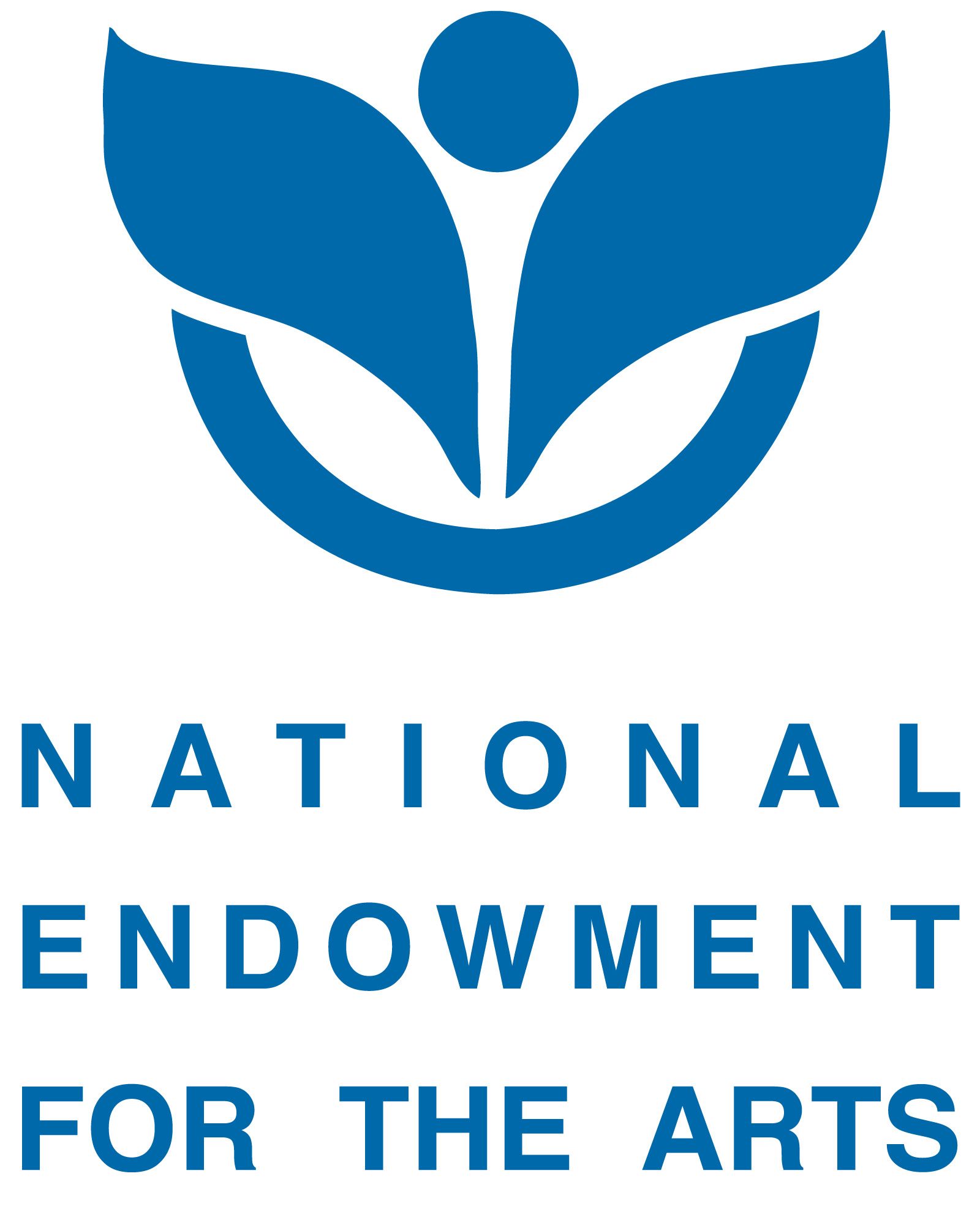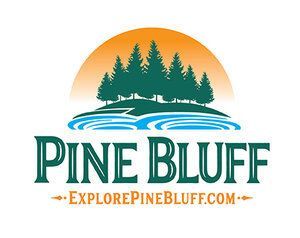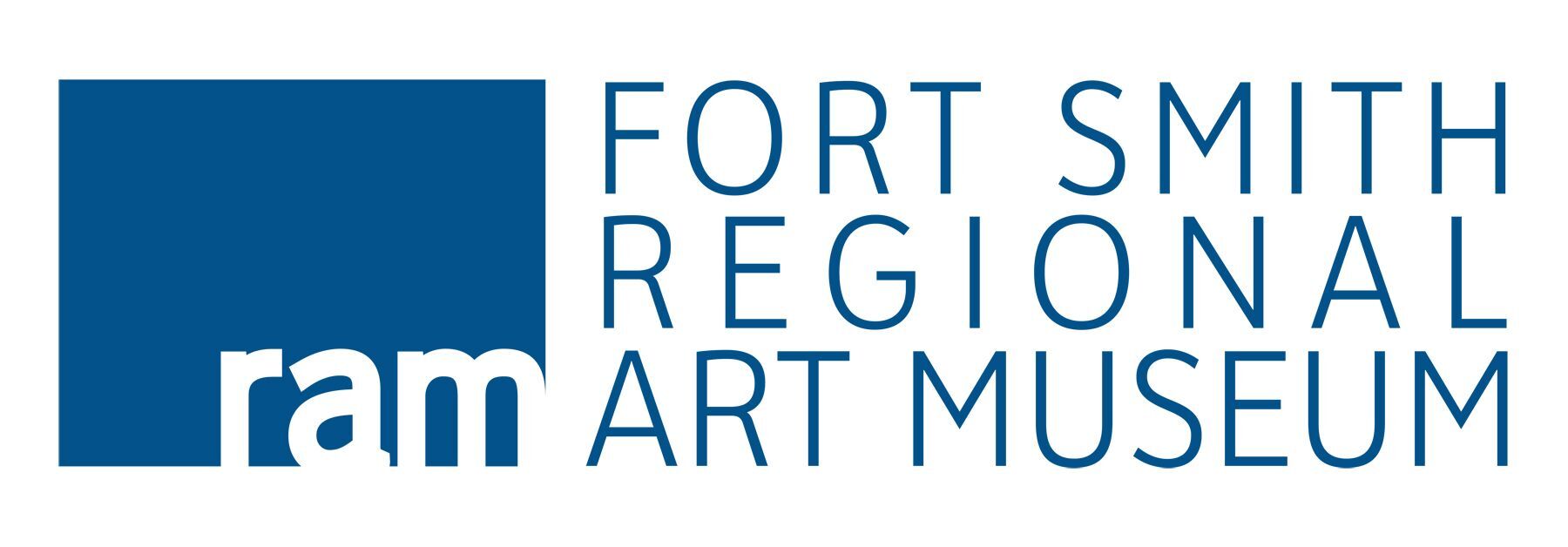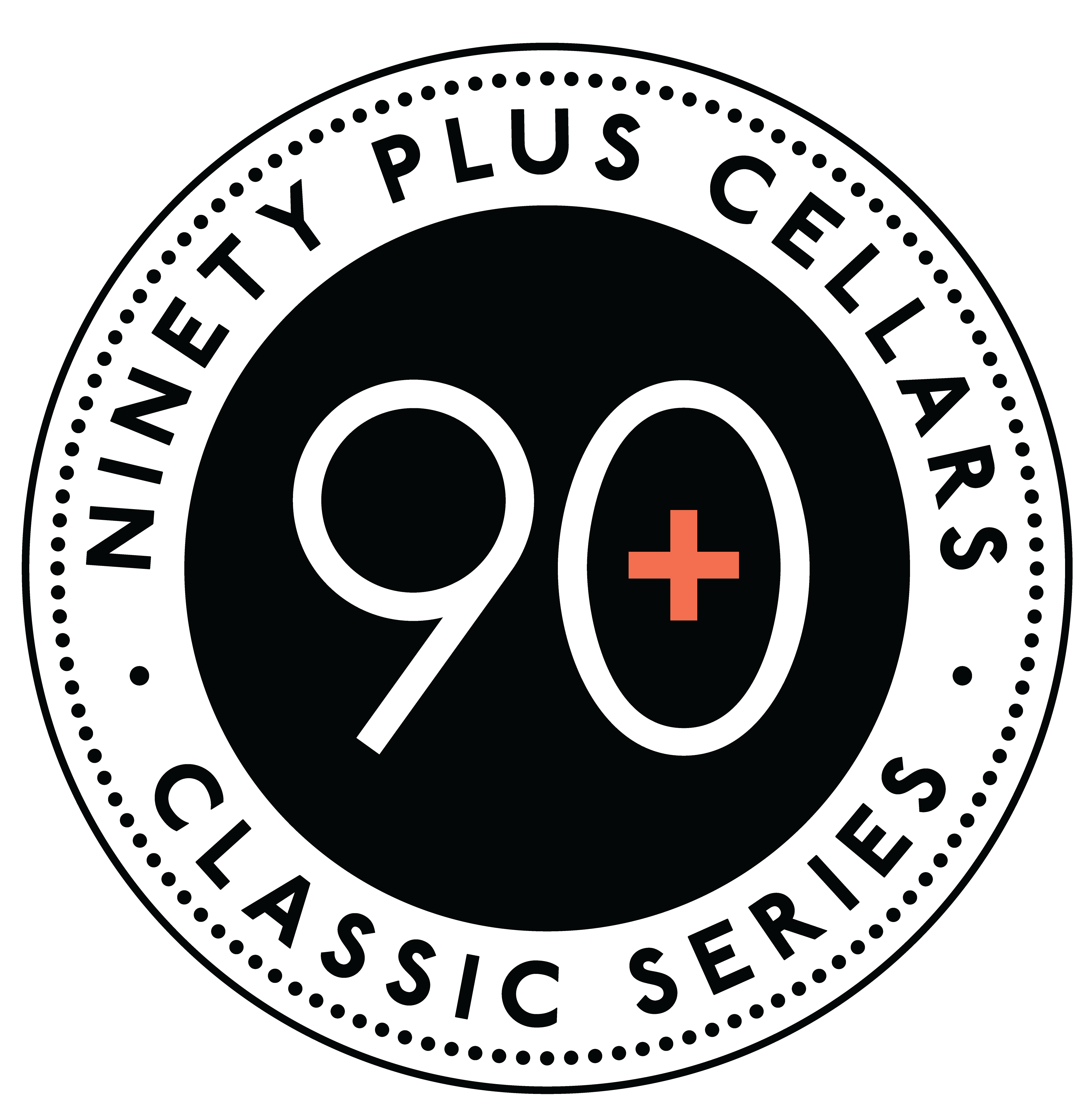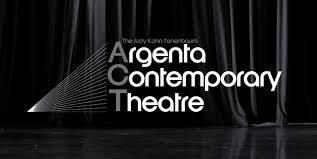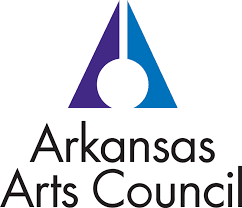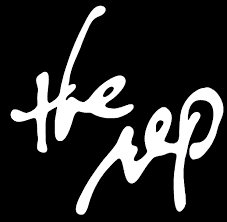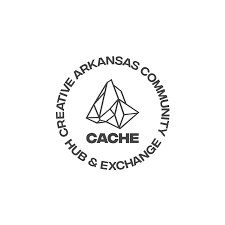A Conversation with Cynthia Kresse
The Art of Healing and the Healing of Art
An Interview Conducted by Sandy Royce Martin
When did you first discover you had artistic talent?
I loved drawing and art as long as I can remember, but when I was in high school it became a serious thing to me. My high school teacher was complimentary and we had good classes, and I could see that I could draw. My family encouraged me, especially my brother Kevin Kresse.
Did you pursue arts education or consider it more of a personal pursuit?
Perched at the beginning of college ready to pick a major, I realized for me art wasn't a practical degree. I wasn't brave enough to go college and not have a secure income on the other side, and so I followed my interest in science and medicine. I took every available elective in art though.
When you entered medical school, was your intention to combine your art with medicine?
After graduating as a Nurse Practitioner, I went to our local arts center to take classes, and slowly started finding myself more and more seriously considering an art degree. I worked as a Nurse Practitioner while taking more art classes at the college nearby. Then I found out that medical illustration existed as a field, and was a Master's Degree course.
What was your first opportunity to get into medical illustrations?
I accumulated experience and courses in art and after two attempts was accepted into the program at the University of Texas Southwestern in Dallas. It was a grueling but beautifully satisfying getting my Master of Arts in Medical Illustration.
Why and when did you decide to step out as a professional artist?
After five years working a career as a self-employed medical illustrator, I realized my business acumen was not right for self-employment success. Communication skills on the business end with clients, and my ability to promote myself, were things that I didn't do well and frankly didn't enjoy. That is when it dawned on me that I was meant to be my own client. I was meant to create the art that I wished to create. So, I became a fine artist, and worked part time as an Advance Nurse Practitioner to supplement my income.
What is unique about your artwork?
My technique with pastel is unique because I hand rub the pastel, color layer after color layer, onto the paper. I let the colors blend on the page freely. I don't under draw my subject first, I just let the image emerge. It is a soft edged result, hopefully showing a blend of colors that are vibrating together on the surface.
What awards and recognition have you received for your artwork?
I have been in the Delta Exhibit multiple times, multiple awards in the national juried pastel exhibits. I was selected as “Arkansas’s 40 Women Over 40” Legacy Gallery in Hot Springs, won “Foster-Harris Award” at the Arkansas Repertory Theatre in Little Rock and chosen for the “National Biennial Exhibition” at the Arts and Science Center in Pine Bluff. Outside of Arkansas, I earned Second Place in the “National Museum of Women in the Arts” Exhibit which traveled the country for a year.
Do you think the medical field should emphasize the arts in curriculum – do you think it’s important for critical and creative thinking that benefits the medical field?
Yes, and here is why. Art classes don't just give you a knowledge of artistic techniques. Art asked you to see, to be aware, to appreciate, the beautiful and the mundane. Art asks you to the see intrigue in ordinary objects, people and surrounding scenery. Awareness, appreciation, and rethinking what is beautiful, opens us up, and once we are opened up to creatively seeing, then we are more open to creative thinking. And when that happens, then we are open to consider more creative solutions as we work with patients and general health dilemmas.
